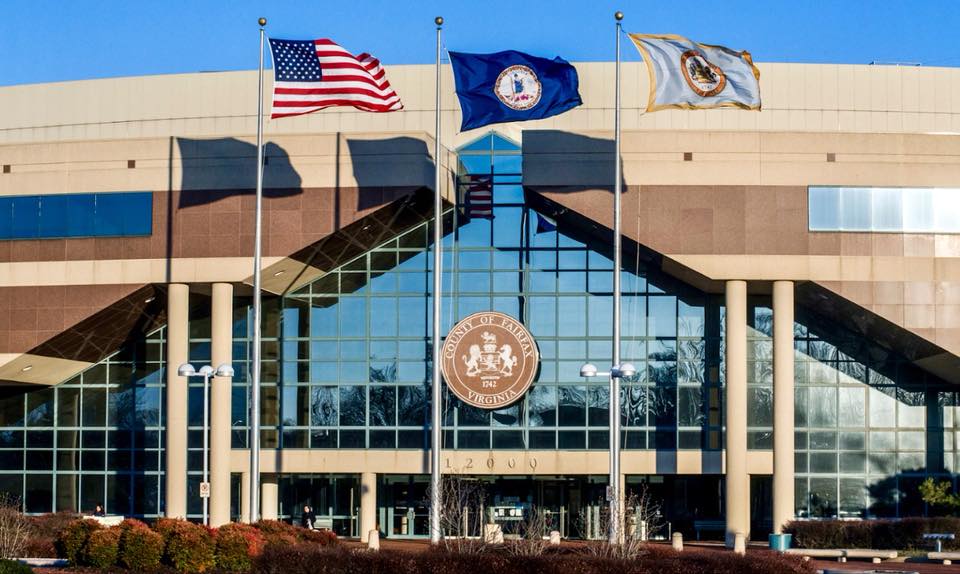Understanding Chimney Liners: A Comprehensive Guide for Fairfax County, VA
When it comes to maintaining a home in Fairfax County, VA, many homeowners neglect their chimneys. Yet, chimneys play a vital role in ensuring the safety and efficiency of your home. To be specific, one crucial component of a chimney that often gets overlooked is the chimney liner. This guide will help you better understand chimney liners, their importance, and how best to maintain them. A&T Chimney Sweeps fireplace, furnace, dryer vent, gutter cleaning, and repair services in Fairfax County, VA, are a reliable source for all your chimney-related needs, including chimney liner maintenance and repair.
What is a Chimney Liner?
A chimney liner, also known as a flue liner, is a conduit installed inside the chimney to contain the combustion products, direct them to the outside atmosphere, and protect the chimney walls from heat and corrosion. They come in different materials such as clay, stainless steel, and aluminum, each with its specific benefits and drawbacks.
Why are Chimney Liners Important?
1. Protection from Heat Transfer: Chimney liners serve as a protective barrier between the heat produced in the firebox and the rest of your home. Without a liner, the intense heat can cause structural damage and even ignite a house fire.
2. Prevention of Corrosion: Combustion processes produce harmful gases that can corrode your chimney over time. A chimney liner protects the chimney walls from these corrosive gases.
3. Improved Efficiency: Modern appliances are more efficient and produce lower flue gas temperatures. A chimney liner can help to maintain these lower temperatures, reducing condensation and improving the overall efficiency of your heating system.
Types of Chimney Liners
1. Clay Tile Liners: These are the most common type of chimney liners due to their durability and affordability. However, they might not be suitable for all types of appliances.
2. Metal Liners: Usually made from stainless steel or aluminum, metal liners are more flexible and thus easier to install. They are also highly resistant to corrosion.
3. Cast-in-Place Liners: These liners are lightweight, cement-like products that form a smooth, seamless, insulated passageway for the flue gases to escape. They can improve the structural integrity of aging chimneys.
Chimney Liner Installation and Maintenance
Chimney liner installation should always be performed by a professional. The process involves selecting the right size and material for your specific appliance and chimney, properly installing it, and ensuring it is well-insulated.
Regular maintenance of your chimney liner is crucial to keep your home safe and your heating system efficient. This typically involves annual inspections to check for any damages or blockages, and cleaning to remove soot and creosote buildup. Any necessary repairs or replacements should be performed promptly to prevent further damage.
In Fairfax County, VA, homeowners trust A&T Chimney Sweeps for their chimney liner installation and maintenance needs. This company’s team of experienced professionals ensures that every chimney liner is correctly installed and well-maintained, providing homeowners with peace of mind.
Frequently Asked Questions
1. How often should I have my chimney liner inspected?
It is recommended to have your chimney liner inspected at least once a year. However, if you notice any changes in your appliance’s performance or any signs of damage, you should call a professional immediately.
2. What are the signs that my chimney liner needs to be replaced?
Common signs that your chimney liner needs to be replaced include a decrease in your appliance’s efficiency, an increase in fuel consumption, visible damage to the liner, or a strong, unpleasant odor coming from the chimney.
3. How long does a chimney liner last?
The lifespan of a chimney liner depends on its material, the frequency and intensity of usage, and how well it is maintained. Clay tile liners can last up to 50 years, while metal liners can last between 15 to 20 years.
4. Can I install a chimney liner myself?
While it is technically possible to install a chimney liner yourself, it is highly recommended to hire a professional. Improper installation can lead to inefficiencies, increased risk of fire, or exposure to harmful gases.
5. How much does it cost to install a chimney liner?
The cost to install a chimney liner can vary greatly depending on the material and size of the liner, the complexity of the installation, and the rates of the service provider. It’s best to get a quote from a reputable company like A&T Chimney Sweeps.
Investing in a quality chimney liner and ensuring its proper maintenance is not just about improving your home’s efficiency—it’s about ensuring the safety of you and your loved ones. With the right knowledge and a trusted professional by your side, you can enjoy the benefits of your heating system without worry.








